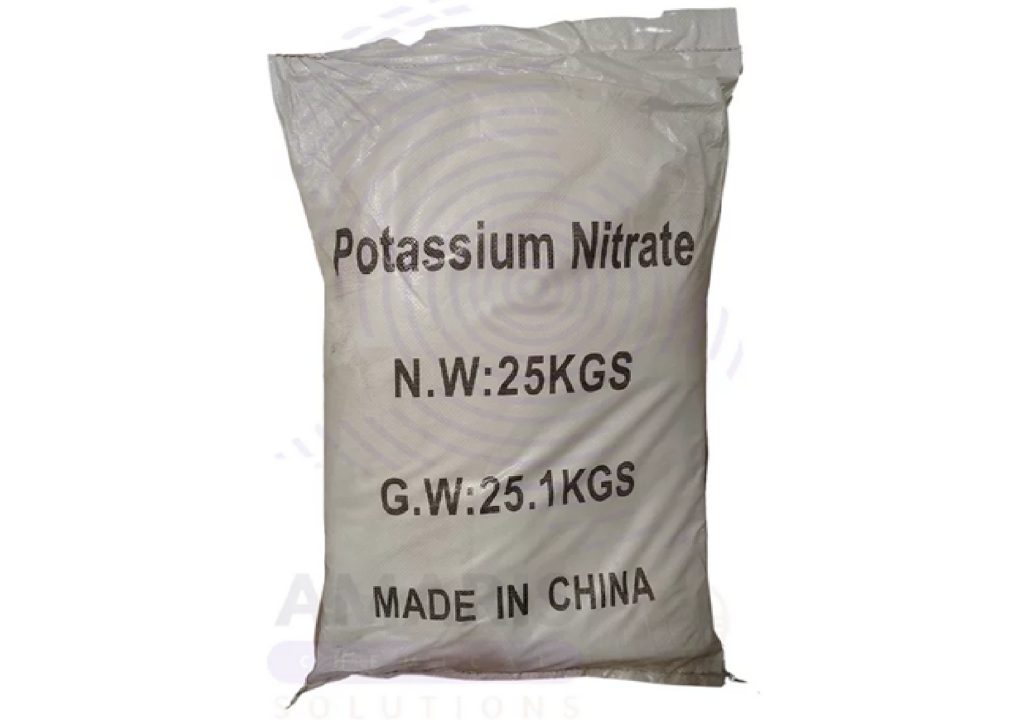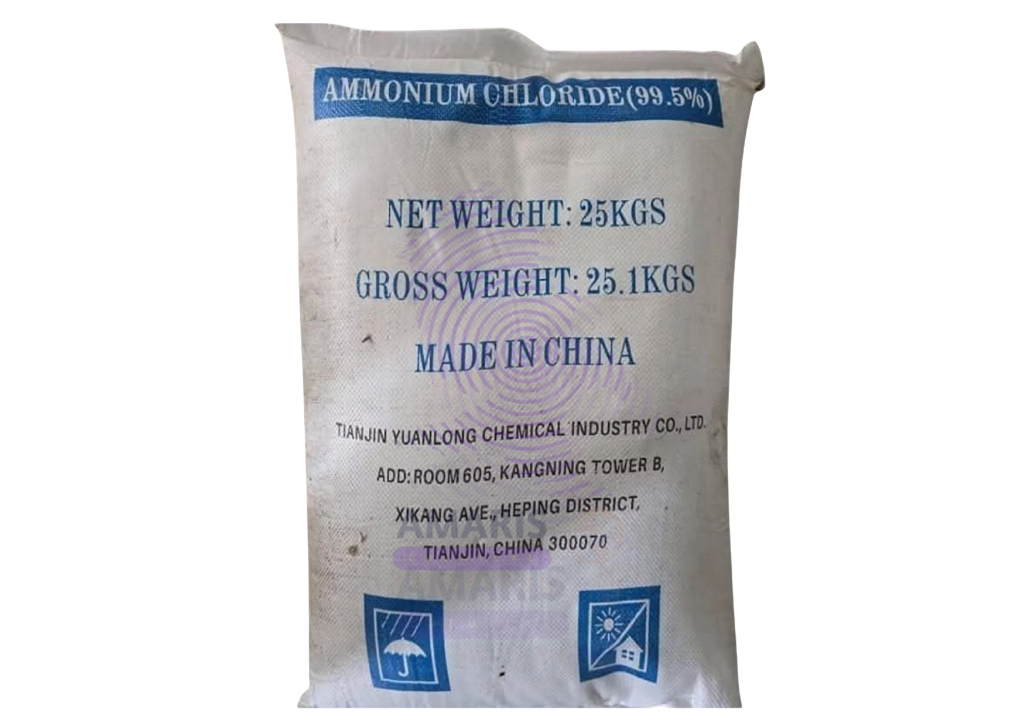Potassium Nitrate (Kno₃): The Multifunctional Oxidizer Powering Agriculture And Industry

Potassium nitrate (saltpeter) is a dual-nutrient compound containing 13% nitrogen (nitrate form) and 46% potassium (K₂O equivalent). With global production exceeding 1.5 million metric tons annually, this white crystalline salt serves critical roles in fertilizers, food preservation, pyrotechnics, and specialty chemicals. Its unique combination of oxidizing power and nutrient value makes it irreplaceable across multiple sectors.
Key Properties & Specifications
Physical & Chemical Characteristics
- Molecular Weight: 101.10 g/mol
- Appearance: Colorless prismatic crystals
- Density: 2.11 g/cm³
- Solubility:
- 316 g/L (20°C water)
- Endothermic dissolution (-34.9 kJ/mol)
- Melting Point: 334°C (decomposes at 400°C)
Technical Grades
| Grade | Purity | Chlorides | Primary Applications |
| Agricultural | ≥99.0% | ≤0.5% | High-value crops |
| Food (E252) | ≥99.7% | ≤0.01% | Cured meats, cheese |
| Industrial | ≥98.5% | ≤1.0% | Pyrotechnics, heat transfer |
| Reagent | ≥99.99% | ≤0.001% | Laboratory analysis |
Major Applications
1. Agriculture (70% Market Share)
- Fertigation:
- 100-300 kg/ha for chloride-sensitive crops
- 30% higher N efficiency vs. urea
- Hydroponics:
- Ideal 1:2 N:K ratio for fruiting plants
- Case Study: California almond growers achieve 15% yield boost with KNO₃ foliar sprays
2. Food Processing
- Curing Agent:
- 0.1-0.5% in sausages (converts to NO)
- Inhibits C. botulinum
- Cheese Ripening:
- Controls gas formation
3. Pyrotechnics & Explosives
- Black Powder:
- 75% KNO₃ + 15% C + 10% S
- Burn rate: 400 m/s
- Smoke Compositions:
- 60-70% in colored smokes
4. Industrial Uses
- Heat Transfer:
- Molten salt baths (up to 600°C)
- Toothpaste:
- 5% for sensitive teeth (FDA approved)
- Chemical Synthesis:
- HNO₃ production (historical Ostwald process)
Production Methods
1. Chemical Synthesis
- Double Decomposition:
- NaCl + KNO₃ → NaNO₃ + KCl (ion exchange)
- Nitric Acid Neutralization:
- KOH + HNO₃ → KNO₃ + H₂O
2. Natural Extraction
- Caliche Processing:
- Chilean saltpeter deposits
- Obsolete since 1930s
3. Byproduct Recovery
- Explosives Manufacturing:
- Nitration process residues
Safety & Handling
⚠ Hazard Profile:
- Oxidizer:
- Class 5.1 (UN1486)
- Accelerates combustion
- Health:
- LD50 (oral, rat): 3,750 mg/kg
- Methemoglobinemia risk at >30g doses
✅ Best Practices:
- Storage:
- Separate from organics, acids
- Cool, dry conditions
- PPE:
- Dust masks, gloves for powder handling
♻ Environmental Impact:
- Soil:
- No chloride damage
- Low leaching potential
Market Dynamics
Global Production
- Top Producers:
- SQM (Chile), Haifa (Israel), Uralchem (Russia)
- Price Range:
- $600-1,200/ton (2024)
Emerging Trends
- Nano-Encapsulation:
- Controlled-release fertilizers
- Renewable Synthesis:
- Electrochemical nitrate reduction
- Space Applications:
- Hybrid rocket propellants
Comparison to Alternatives
| Nitrate Source | N Content | K₂O Equivalent | Chloride Impact |
| KNO₃ | 13% | 46% | None |
| NH₄NO₃ | 34% | 0% | Moderate |
| NaNO₃ | 16% | 0% | High |
| Ca(NO₃)₂ | 15% | 0% | Low |
Conclusion
Potassium nitrate bridges agricultural productivity and industrial chemistry like no other compound. Its unique nitrate-potassium synergy ensures continued demand, while emerging applications in renewable energy and aerospace promise to expand its technological relevance. As precision agriculture advances, KNO₃’s chloride-free nutrition and superior efficiency position it as a future-proof input for sustainable farming.


 Preservatives(food)
Preservatives(food) Flavor Enhancers
Flavor Enhancers Acidulants
Acidulants Sweeteners
Sweeteners Antioxidants
Antioxidants Colorants(food)
Colorants(food) Nutraceutical Ingredients (food)
Nutraceutical Ingredients (food) Nutrient Supplements
Nutrient Supplements Emulsifiers
Emulsifiers
 Collectors
Collectors Dust Suppressants
Dust Suppressants Explosives and Blasting Agents
Explosives and Blasting Agents Flocculants and Coagulants
Flocculants and Coagulants Frothers
Frothers Leaching Agents
Leaching Agents pH Modifiers
pH Modifiers Precious Metal Extraction Agents
Precious Metal Extraction Agents
 Antioxidants(plastic)
Antioxidants(plastic) Colorants (Pigments, Dyes)
Colorants (Pigments, Dyes) Fillers and Reinforcements
Fillers and Reinforcements Flame Retardants
Flame Retardants Monomers
Monomers Plasticizers
Plasticizers Polymerization Initiators
Polymerization Initiators Stabilizers (UV, Heat)
Stabilizers (UV, Heat)
 Antifoaming Agents
Antifoaming Agents Chelating Agents
Chelating Agents Coagulants and Flocculants
Coagulants and Flocculants Corrosion Inhibitors
Corrosion Inhibitors Disinfectants and Biocides
Disinfectants and Biocides Oxidizing Agents
Oxidizing Agents pH Adjusters
pH Adjusters Scale Inhibitors( water)
Scale Inhibitors( water)
 Antioxidants(cosmetic)
Antioxidants(cosmetic) Emollients
Emollients Fragrances and Essential Oils
Fragrances and Essential Oils Humectants
Humectants Preservatives
Preservatives Surfactants(cosmetic)
Surfactants(cosmetic) Thickeners
Thickeners UV Filters
UV Filters
 Fertilizers
Fertilizers Soil Conditioners
Soil Conditioners Plant Growth Regulators
Plant Growth Regulators Animal Feed Additives
Animal Feed Additives Biostimulants
Biostimulants Pesticides (Herbicides, Insecticides, Fungicides)
Pesticides (Herbicides, Insecticides, Fungicides)
 Active Pharmaceutical Ingredients (APIs)
Active Pharmaceutical Ingredients (APIs) Excipients
Excipients Solvents(pharmaceutical)
Solvents(pharmaceutical) Antibiotics
Antibiotics Antiseptics and Disinfectants
Antiseptics and Disinfectants Vaccine Adjuvants
Vaccine Adjuvants Nutraceutical Ingredients (pharmaceutical)
Nutraceutical Ingredients (pharmaceutical) Analgesics & Antipyretics
Analgesics & Antipyretics
 Analytical Reagents
Analytical Reagents Solvents(lab)
Solvents(lab) Chromatography Chemicals
Chromatography Chemicals Spectroscopy Reagents
Spectroscopy Reagents microbiology-and-cell-culture-reagents
microbiology-and-cell-culture-reagents Molecular Biology Reagents
Molecular Biology Reagents Biochemical Reagents
Biochemical Reagents Inorganic and Organic Standards
Inorganic and Organic Standards Laboratory Safety Chemicals
Laboratory Safety Chemicals Specialty Laboratory Chemicals(Special Laboratory Equipment)
Specialty Laboratory Chemicals(Special Laboratory Equipment)
 Demulsifiers
Demulsifiers Hydraulic Fracturing Fluids
Hydraulic Fracturing Fluids Scale Inhibitors(oil)
Scale Inhibitors(oil) Surfactants(oil)
Surfactants(oil) Drilling Fluids
Drilling Fluids
 Dyes and Pigments
Dyes and Pigments Bleaching Agents
Bleaching Agents Softening Agents
Softening Agents Finishing Agents
Finishing Agents Antistatic Agents
Antistatic Agents
 Admixtures
Admixtures Waterproofing Agents
Waterproofing Agents Sealants and Adhesives
Sealants and Adhesives Curing Compounds
Curing Compounds Concrete Repair Chemicals
Concrete Repair Chemicals Anti-Corrosion Coatings
Anti-Corrosion Coatings
 Surfactants(cleaning)
Surfactants(cleaning) Builders
Builders Enzymes
Enzymes Solvents (Cleaning)
Solvents (Cleaning) Fragrances
Fragrances
 Electronic Chemicals
Electronic Chemicals Catalysts
Catalysts Lubricants
Lubricants Photographic Chemicals
Photographic Chemicals Refrigerants
Refrigerants Automotive chemicals
Automotive chemicals Pyrotechnic Chemicals
Pyrotechnic Chemicals
 Biodegradable Surfactants
Biodegradable Surfactants Bio-based Solvents
Bio-based Solvents Renewable Polymers
Renewable Polymers Carbon Capture Chemicals
Carbon Capture Chemicals Wastewater Treatment Chemicals
Wastewater Treatment Chemicals
 Pigments
Pigments Solvents(paint)
Solvents(paint) Specialty Coatings
Specialty Coatings Binders/Resins
Binders/Resins Additives
Additives Driers
Driers Anti-Corrosion Agents
Anti-Corrosion Agents Functional Coatings
Functional Coatings Application-Specific Coatings
Application-Specific Coatings
 Fresh Herbs
Fresh Herbs Ground Spices
Ground Spices Whole Spices
Whole Spices Spice Blends
Spice Blends Dried Herbs
Dried Herbs
 Leavening Agents
Leavening Agents Dough Conditioners
Dough Conditioners Flour Treatments
Flour Treatments Fat Replacers
Fat Replacers Decoratives
Decoratives Preservatives(baking)
Preservatives(baking)
 Plasticizers & Softeners
Plasticizers & Softeners Reinforcing Agents
Reinforcing Agents Adhesion Promoters
Adhesion Promoters Vulcanizing Agents
Vulcanizing Agents Antidegradants
Antidegradants Blowing Agents
Blowing Agents Fillers & Extenders
Fillers & Extenders Accelerators & Retarders
Accelerators & Retarders
















